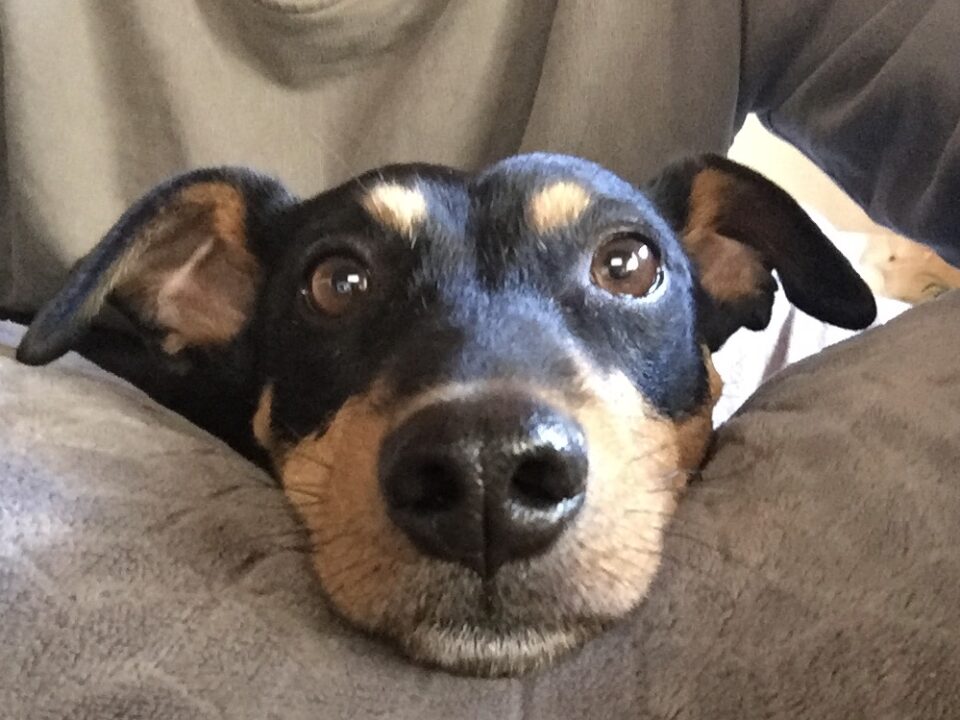One minute you’re enjoying a peaceful walk with your dog, but as soon as they spot another dog or a person, they start arking hysterically. If this sounds like your dog, read on for tips (adapted from Cornell University College of Veterinary Medicine) to reduce reactivity and prevent it from turning into aggression.
Identify triggers: a trigger is anything that stimulates your dog to react dramatically. This might be a strange person, other dogs, crowds, dark places, etc. Some dogs are fine with other dogs off-leash, but react when they are on a leash (leash reactivity).
Avoid triggers while training: you don’t want the behavior to become an ingrained habit, so walk your dog when the neighborhood is quiet or avoid the dog park. Give your dog a chance to have a few calm walks, so you can praise them and they can start to relax.
- Protect your dog: be vigilant and avoid situations where your dog feels the need to defend you or themselves. If a person approaches, calmly but firmly tell them that your dog is working, shy or in training. This will prompt people to respect your dog’s space.
- Counterconditioning: You can’t avoid triggers forever. Behavior modification can make your dog’s triggers less scary over time. Giving your dog coping strategies to deal with stressful situations starts by always having treats with you. Reward your dog as soon as the trigger appears and continue with treats while the scary thing passes or as you move by it. With consistent and frequent training, your dog will start to associate the trigger with something positive. Toys and praise can be used for positive reinforcement, too.
- Long-term success: Eventually, you will be able to move closer to the stimulus. Enlist a friend to make sure you are in control of the situation. For example, if your dog reacts to other dogs, ask a friend with a calm dog to walk across the street from where you and your dog are working, while you use treats to refocus and reward your dog. If your dog remains quiet and focused on you, ask your friend to move a little closer.
This level of consistency can be difficult to achieve on your own. Hiring a trusted, local dog sitter or dog walker with leash skill training can help your dog quickly move through these phases and reduce reactivity.

